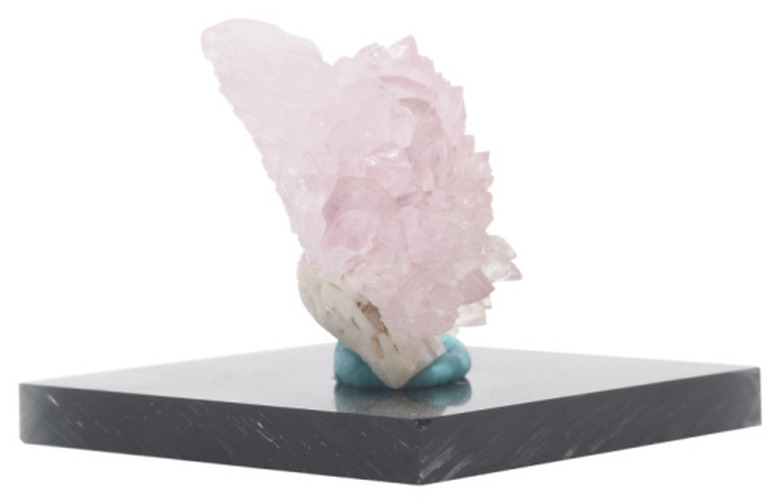Instructions On Space Age Crystals
Space Age Crystals are a category of educational, science and nature experiment kits made by the Kristal Educational Company in Montreal, Quebec, Canada. With these kits, you grow crystals that will resemble types of crystals found in nature. As with all experiments involving chemicals, the Space Age Crystals kits need attention to detail and, when used by children, adult supervision. The company recommends this product for children 12 years of age and older. If properly stored/displayed, the crystals could last a decade or more.
Step 1
Read through the instructions thoroughly and gather all supplies needed.
Step 2
Protect your work surface with newspapers.
Step 3
Put all equipment and supplies at your work station.
Step 4
Follow the steps in the instruction booklet precisely.
Step 5
Wait the prescribed amount of time while watching your crystals grow. If, after the prescribed amount of time mentioned in the instructions has passed, you are not satisfied with the results, consult the FAQs section for Space Age Crystals at the Kristal Educational web site. They list directions to correct many types of "failures."
Things Needed
- Space Age Crystals kit (includes crystal growing chemicals, containers, lids, stirring rods)
- Measuring cups
- Measuring spoons
- Kitchen scale
- Disposable cooking pan
- Thermometer
- Rubber gloves
- Plastic wrap or aluminum foil
- Newspaper
- Safety goggles
TL;DR (Too Long; Didn't Read)
Space Age Crystals are kits. Each kit comes with instructions. If you have a used kit that is missing the instruction booklet, contact Kristal Educational at their web site.
Warning
Do not use your regular measuring cups or spoons to prepare your crystal solutions. Buy the cheapest equipment you can and dispose of it when you are finished with your kit.
Cover your kitchen scale with plastic wrap to keep it from getting contaminated and wash it thoroughly when finished.
Do not use any of the bowls or plates you use when measuring your food to measure the chemicals. Wear safety goggles and rubber gloves. Do not let children use the kit unattended.
Cite This Article
MLA
Richardson, Sandra S.. "Instructions On Space Age Crystals" sciencing.com, https://www.sciencing.com/instructions-space-age-crystals-8091222/. 24 April 2017.
APA
Richardson, Sandra S.. (2017, April 24). Instructions On Space Age Crystals. sciencing.com. Retrieved from https://www.sciencing.com/instructions-space-age-crystals-8091222/
Chicago
Richardson, Sandra S.. Instructions On Space Age Crystals last modified August 30, 2022. https://www.sciencing.com/instructions-space-age-crystals-8091222/
